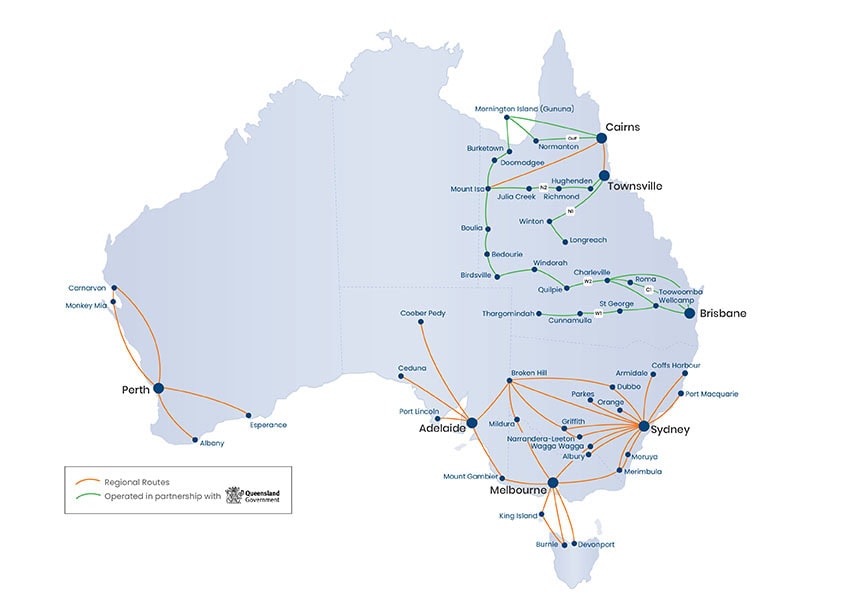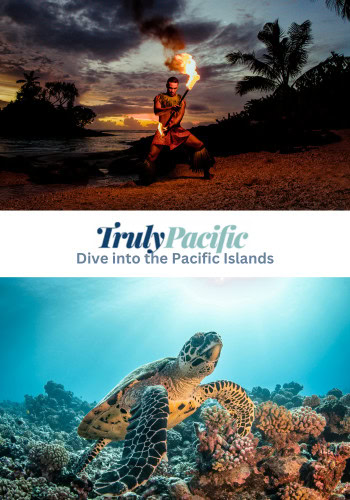Explore these 8 awesome Australian deserts and while you’re out there adventuring, learn about ancient history, unusual landscapes and our precious native wildlife.
Set off into the Outback and uncover a different side of Australia.
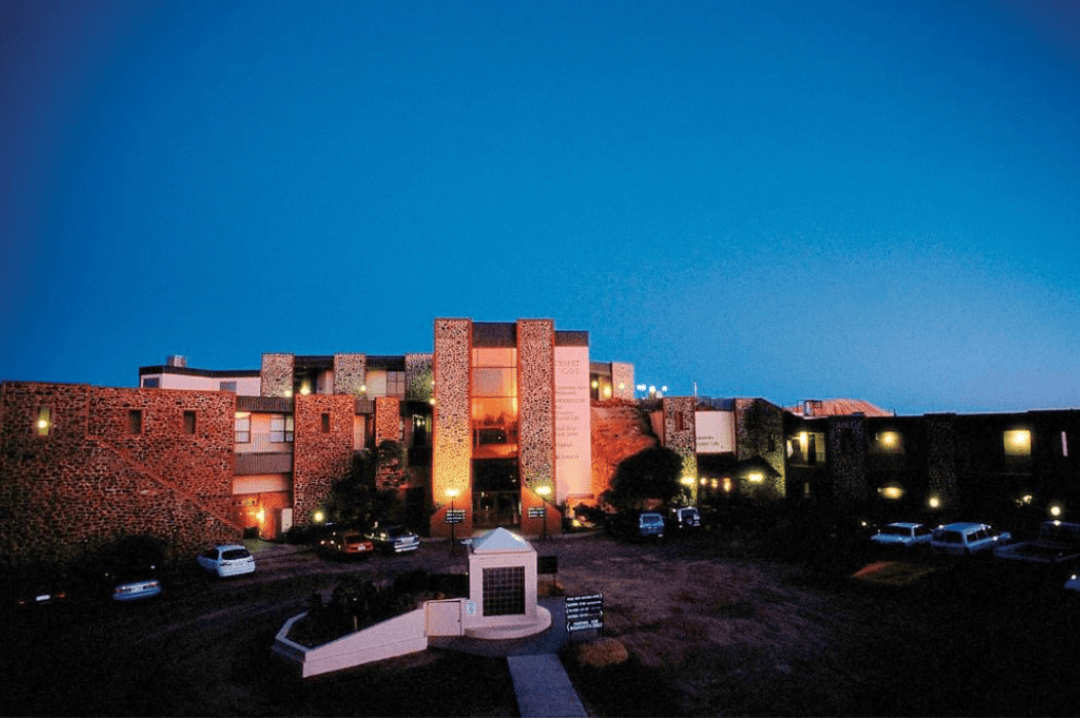
1. Great Victoria Desert
Australia’s largest desert is Great Victoria Desert. Spanning 348,000 square kilometres across Western Australia and South Australia, it is mainly made up of playa lakes and dune fields. Named after Queen Victoria, it has an interesting history that included nuclear weapons testing between 1956 and 1963, that were conducted by a British task force at seven sites around Maralinga in South Australia. Known for its diverse reptile population, including the thorny devil (also known as the mountain devil), the desert offers various activities such as ATV riding, sand-boarding, hiking, horse riding, and camping. There are some national parks, and a unique place to base yourself is the Desert Cave Hotel in Coober Pedy, which is an opal mining town that produces 85 percent of the world’s opals. Here you can sleep underground in a hotel that has as much intriguing history as the town itself.

2. Great Sandy Desert
Journey into the isolated Great Sandy Desert, the second-largest Australian desert, covering 284,000 square kilometres in Western Australia’s northwest. It receives more rain than a typical desert, averaging 250 mm annually, with higher amounts in the northern regions. The Canning Stock Route, a major 2000 kilometre track, traverses the Great Sandy, Gibson, and Little Sandy deserts. Named after Alfred Wernam Canning, who mapped it in 1906-07, the route was built to transport cattle from northern Western Australia to the southern markets. Tourist attractions include Purnululu National Park, known for its beehive-shaped sandstone formations called the Bungle Bungles, and Wolfe Creek Crater – the world’s second-largest meteorite crater. The desert features striking red sand dunes that form parallel lines across the landscape.
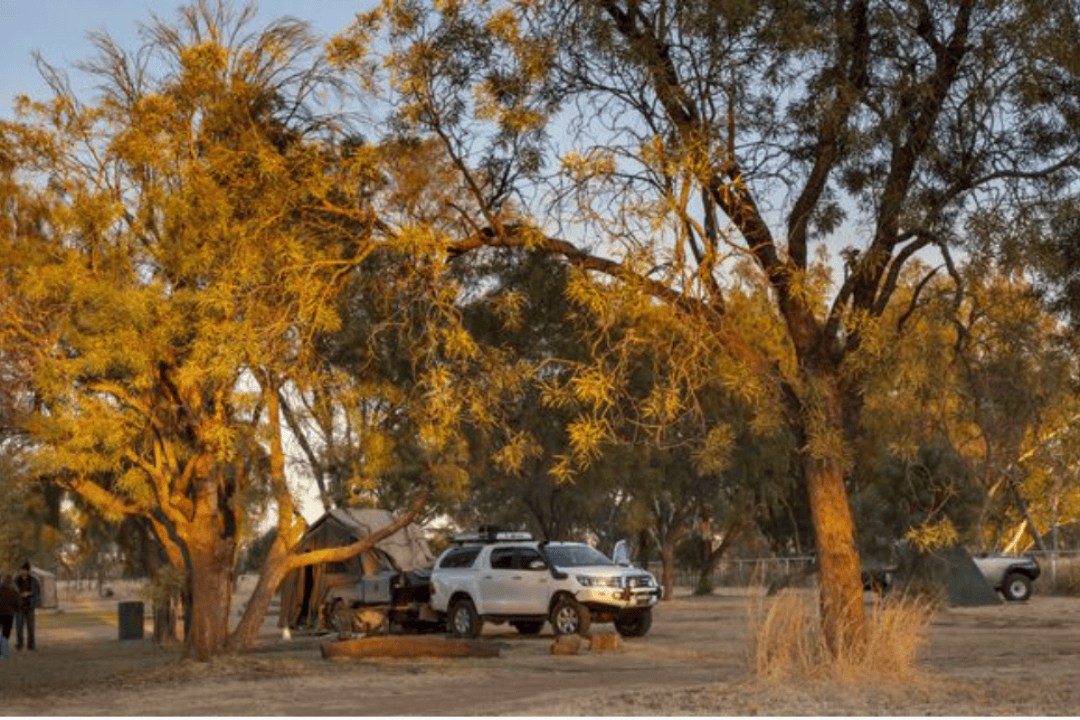
3. Tanami Desert
The Tanami Desert is the third largest Australian desert, spanning over 184,000 square kilometres across the Northern Territory and Western Australia. Known for its rocky terrain and small hills, it was only discovered in the twentieth century. The desert connects to Alice Springs, where you can go hot air ballooning, ride a camel at sunset, have a put at one of the world’s most remote courses that sits in front of the stark red MacDonnell Ranges. You can meet goannas, thorny devils and frill-necked lizards at the Alice Springs Reptile Centre, explore Namatjira Gallery, with original Albert Namatjira paintings and works by the acclaimed Hermannsburg Potters, and check out the world’s largest classroom, which covers an incredible 1.3 million square kilometres, at the Alice Springs School of the Air visitor centre. Despite its isolation, the Tanami offers activities like four-wheel driving along the 1,000 kilometre Tanami Track and bird and wildlife watching. It’s home to rare species such as the greater bilby, Australian bustard, and great desert skink.

4. Simpson Desert
The Simpson Desert is the fourth largest Australian desert in Australia where it ranges over 176,000 square kilometres across the Northern Territory, Queensland, and the border of South Australia. Here you will find Titjikala – a small community of approximately 220 residents, 107 kilometres south of Alice Springs – where you can visit Tapatjatjaka Art & Craft Centre. It is 100 per cent Aboriginal owned and operated, and see the artists at work creating paintings, sculptures, prints, ceramics, weavings and so much more. Visit the two conservation reserves: Mac Clark and Ewaninga Rock Carvings. Mac Clark is home to one of the rarest trees in the world – Acacia Peuce – which is found in only two other spots in Australia: Boulia and Birdsville in Outback Queensland. Ewaninga is home to rock engravings that were created by the Arrernte Aboriginal people. Four-wheel drivers love Binns Track, which covers over 2,000 kilometres, traversing the Simpson Desert’s western edge.

5. Gibson Desert
Gibson Desert is the fifth largest Australian desert, covering over 156,000 square kilometres in Western Australia, and it has recently been renamed to a traditional Aboriginal name – the Pila Nature Reserve. ‘Pila’ describes the prevailing geography of the reserve area, which when translated to English means plains/flat country. The desert was discovered in 1874 by British explorer Ernest Giles, who named it after his fellow explorer Alfred Gibson became lost and perished in the harsh terrain. The Gibson Desert is home to Kumpupintil Lake (formerly called Lake Disappointment because in 1896, early explorer Frank Hann could not find a fresh water source there) which is important to the local Indigenous Martu people for spiritual and ceremonial reasons, as well as being an important place for water and traditional food. The 33,000-hectare lake is usually dry, except during very wet periods.
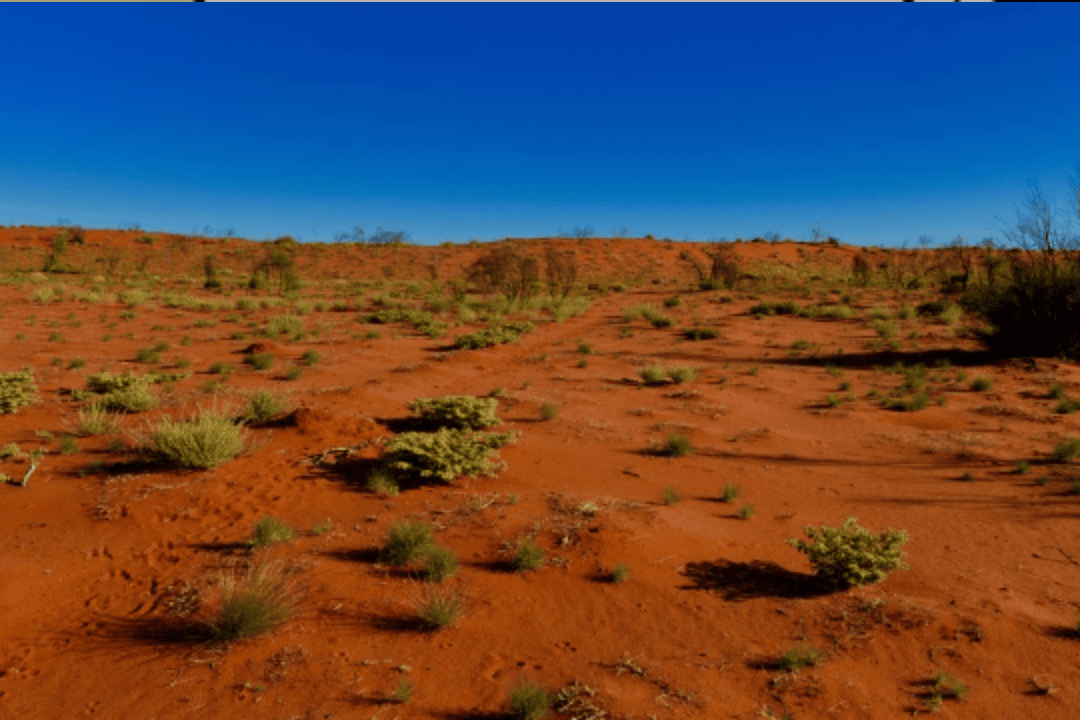
6. Little Sandy Desert
The Little Sandy Desert is the sixth largest Australian desert, covering 111,000 square kilometres in Western Australia, bordering the Great Victoria, Great Sandy, and Gibson Deserts. Tourist attractions are few and far between in this harsh environment, but the stunning scenery more than makes up for a lack of activities on offer, and from some aspects you can see the Carnarvon Ranges rising up in the distance – called Katjarra by the local Martu people. As it is considered one of the harshest deserts in Australia, it’s recommended that you hire an expert guide when exploring – unexpected challenges can easily arise in this kind of environment.
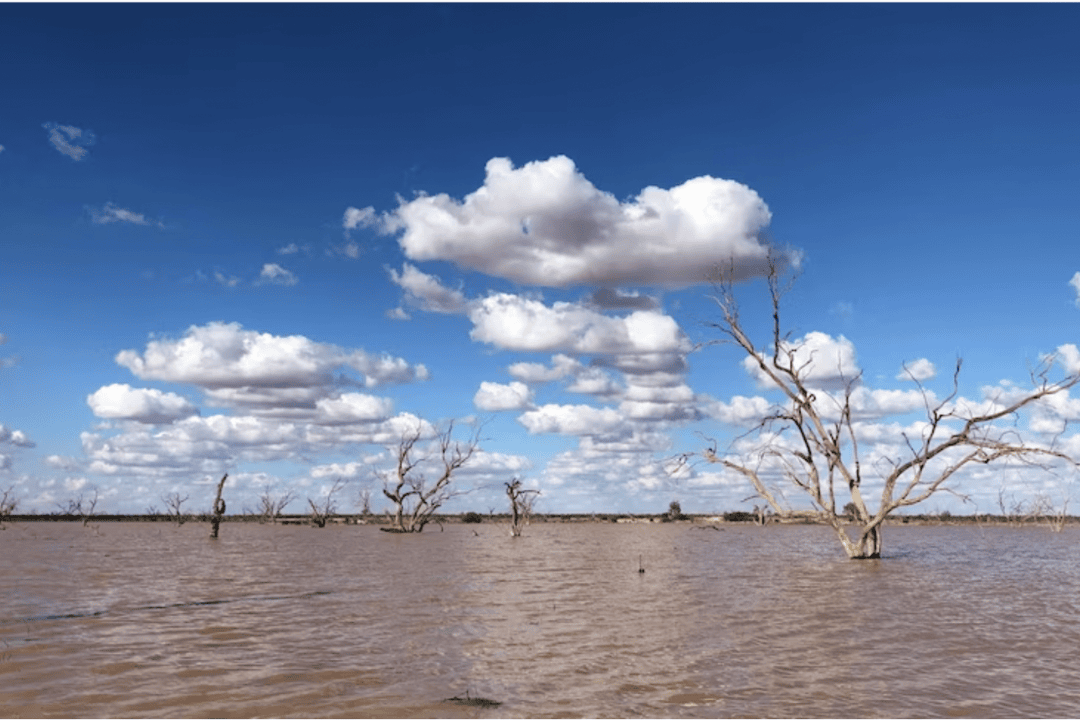
7. Strzelecki Desert
The Strzelecki Desert is the seventh largest Australian desert , covering over 80,000 square kilometres, and sprawling into South Australia, Queensland and New South Wales. Named after Paul Edmund de Strzelecki – who walked over 7,000 kilometres through Australia and discovered Mount Kosciuszko – this famous desert offers many attractions, and its a bucket list experience for many 4WDrivers. Sturt National Park has four campsites and is home to Lake Pinaroo, known for its beautiful sunrises and sunsets. It is an ephemeral wetland that’s subject to erratic flooding and long dry periods. Once full though, it can take up to six years to dry out. On the edge of the Strzelecki Desert in Outback Queensland, you’ll find the town of Birdsville – famous for its pub (The Birdsville Hotel) and its world-renowned events such as the Birdsville Races and the Big Red Bash music festival.
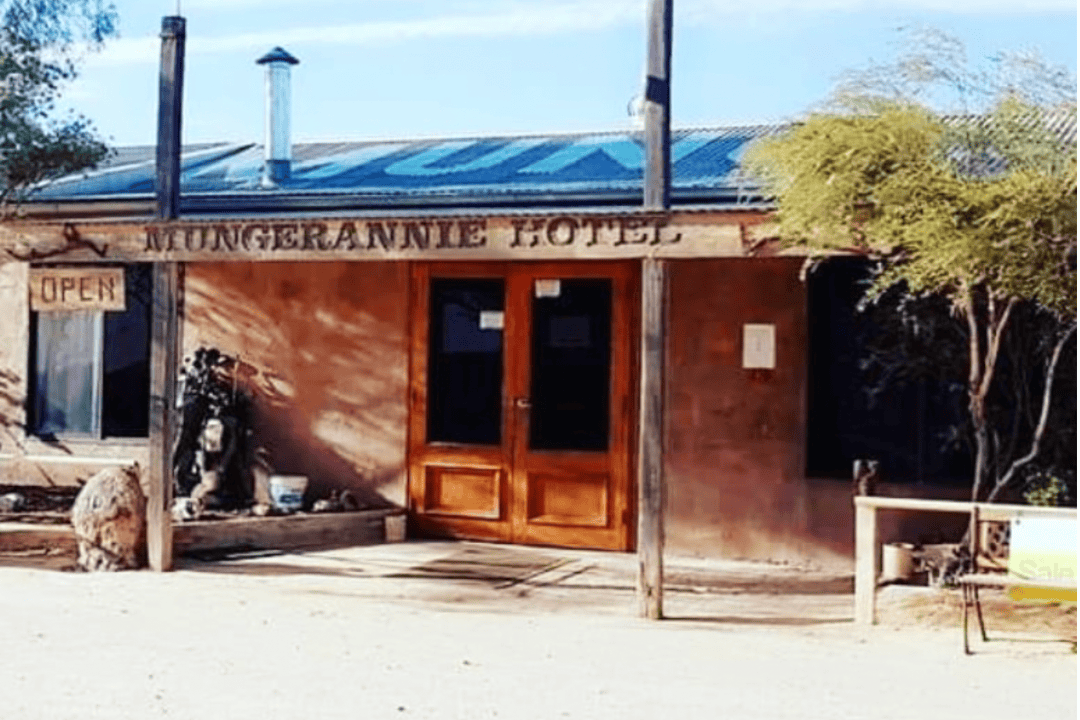
8. Tirari Desert
The Tirari Desert is the second smallest Australian desert – covering 15,000 square kilometres in the eastern part of the Far North region of South Australia – but it has some great attractions. Indigenous Australians have inhabited the area for over 20,000 years, with over 25 tribal groups living in the Channel Country area alone. Check out Cooper Creek (formerly Cooper’s Creek), which is considered one of Australia’s most well known historical sites, because it is where famous early explorers Burke and Wills died. Check out character-filled Mungerannie Hotel on the renowned Birdsville Track which is a great stopover for a cold one and a great meal.
If you enjoyed this feature on Australian deserts, check out our guide to Australia’s most iconic outback destinations.
Travel to these Australian Deserts
Rex flies to Birdsville and Coober Pedy. Book your tickets here and check out the route map below.


